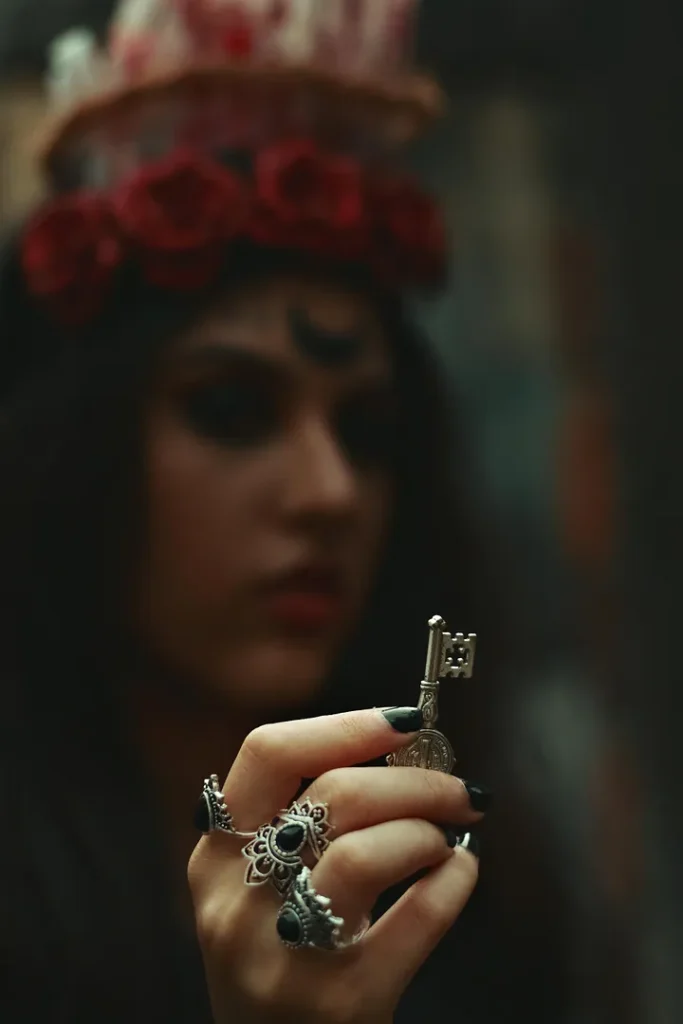
Gather round for this tale.
Rob Siegel was a struggling filmmaker in the year 2009. He had an idea for a story about a washed-up wrestler, but no one wanted to buy it. It wasn’t until he pitched it as a story that people got interested in his work.
Siegel’s pick-up line was not “It’s a sports drama with a 40% redemption arc.”
His pitch revolved around the idea of:
“There was a hero. Kids wore his mask, monsters roared his name. But now, he works at a supermarket deli, his body damaged, his best days behind him. There’s this one amazing evening that he will never forget. He picks up his phone and his former opponent calls. This is not some tired old match for fame, he’s fighting for his dignity.”
The Wrestler, starring Mickey Rourke, is now a household name. Because of Sensor Siegel always understanding the might of storytelling, both the movie and Rob were able to touch, win countless awards, and revive a ton of stagnant careers.
Here’s the reality. Stories rule it all.
- The world is sustained for religious ideas for thousands of years with the help of stories.
- Stories that appeal to our emotions are in control of the market, like with Nike and Apple.
- Through both their actions and words, figures such as MLK and Churchill transformed history.
Most people narrate stories like this:
“Our software boosts productivity by 30%.” “Say hi to Sarah. She was once a late-night spreadsheet lifer. Then she discovered our tool, and her whole life changed. Now she finishes work by 5 PM and has time to read to her kids before bed.”
Did you catch the difference?
This guide is designed to help you exploit the power of storytelling — be it through writing, pitching, selling, or simply trying to get noticed in social gatherings.
Part 1: The Science of Addiction (Why We Can’t Resist Stories)
- Your Brain On Stories: A Chemical Romance
Princeton researcher Uri Hasson discovered that listeners’ brains physically sync with the storyteller’s brain as a story is recounted. This is a very tangible phenomenon.
- As the tension builds, dopamine makes its way to different parts of the brain increasing attention.
- As characters begin to connect, oxytocin is released making the audience invested.
- During moments of conflict, cortisol floods the body increasing the chance of remembering the story.
That is the reason why:
- PowerPoint presentations have a slideshow of images that are forgotten but movie plots remain at the forefront of our memory.
- TED Talks tell you everything has stories but no bullet points.
- Campfire stories give you goosebumps even when they are known to be fake.
The Concept Of “Hero’s Journey” Goes Beyond Myths
Joseph Campbell analyzed more than 10,000 cultures and found a repeating story pattern over and over, in:
1. A hero (your client/customer)
2. Challenged by a problem (their pain point)
3. Met by a guide (you/your product)
1. Gets a plan (your solution)
2. Avoids failure (stakes cue)
3. Walks away transformed (the payoff)
Example:
- Star Wars = Farm boy → Mentor → Death Star → Victory
- LinkedIn “I failed” → Learned X → Now I help Y → Here’s how post
Part 2: The Storytelling Blueprint (Use This Framework)
Learn from the Greats (Just Like Shakespeare)
Stories revolve around a narrow set of themes. These are the 7 main storylines:
Rags to Riches (Oprah, Rocky)
The Quest (Lord of the Rings, How I Built This)
Rebirth (Scrooge, stories about overcoming addiction)
Overcoming the Monster: David vs. Goliath and a startup against an entire industry.
Comedy/Tragedy: A huge chunk of stories is about successes and failures, people enjoy both.
Useful Tip: Create momentum by adding “But then…” every three sentences.
“I had no money. BUT THEN….I met someone who guided me. I began to make lots of money. BUT THEN…my business partner turned against me.”
Structure (Hollywood’s Secret)
Setup
Introduce the hero (you/the customer)
Show their world explodes before the change
Disclose the surprise: problem/opportunity
Example: “Two years back, I was a distinctively exhausted teacher grading papers at two in the morning and a student asked me a question that changed everything.”
Conflict:
The battle (failures bad guys, mistakes).
The guide/tool that assists (your answer).
The “darkest hour” (moment closest to giving up).
Example: “ Freelancers will normally…” was tough — A scam here and there, underpayment, constant discouragement. It wasn’t easy. Until I stumbled upon [X method]. Initially, it was useless. But then…
Transformation
The high point (turning point):
showcasing the outcomes
Reflecting on what you learned
Example: ‘I now earn five times teaching online. Here’s the approach that turned things around for me…
Pro Strategies (From Comic to Business Leaders)
The punchline technique: how stand up comedians craft their material Suspense, setup, punchline:
Good stories enable suspense and then resolve it
The worst day of my life began with a flat tire…
Then, it hit me, I don’t even have a car!
This works for businesses as well.
We poured $50k into ads. Not one sale, then we moved to a free technique.
Take a page from Gossip (Believe It or Not)
Gossip going around usually is:
No one really mentions this
I did the exact opposite of what market v experts tend to suggest…
Detailed, “at 3:17am an email landed in my inbox.
Disclaimer: try this opener: “They said I’d fail, here’s why they were wrong.”
The million dollar detail
Specifics, such as the exact details or vague stories; the former grabbing attention while the latter boring people.
“Business was tough.”
“Three months in, I ate ramen with old coupons while my landlord banged on the door.”
How to Use This (Beyond Bedtime Tales)
Persuasive Selling Without Rubbing People The Wrong Way:
Before: “CRM eases workloads”
After: “Meet Borex. He automated paperwork and now clocks out at 2 PM.”
Viral Stories
Not Great: “Tips for achieving better sleep”
Catchy: “I Stayed Awake for 8 Days. Here is What Ended Me.”
Conversing as a Founder of a Multi Billion Dollar Company
Weak: “We develop software for newer companies”
Strong: “Small business owners drown in forms and files and we give them back an hour every day.”
Last Task: Your Story Begins NOW
Take your pick:
Give your LinkedIn bio a 3-act structure makeover.
Transform your most recent failure into a 60-second ‘hero’s journey’ narrative.
Describe your product like a movie trailer.
The best storytellers do not just tell — they help you visualize what they have in mind.




